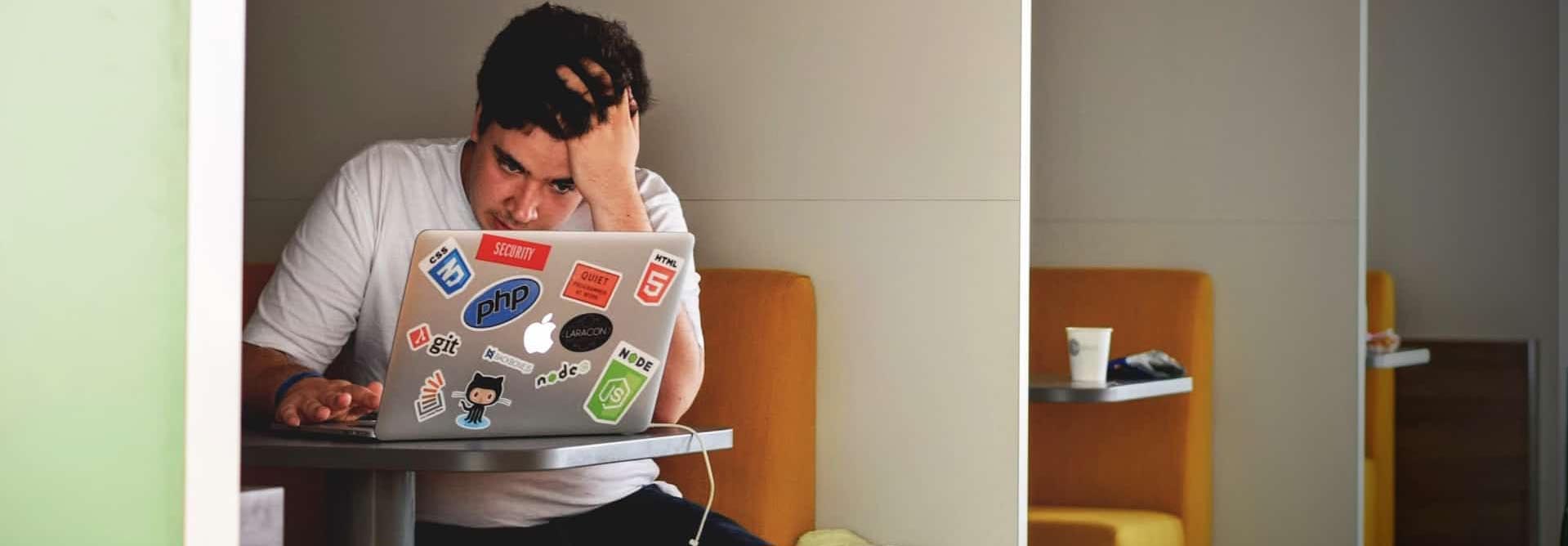By Shree:
Everyone in this day and age has a social media account, the ones who don’t are rare or old enough to not let social media affect their lives. For anyone who wishes to promote their businesses, blogs, artwork and lifestyle, they realize soon that there is no greater marketing platform than the power of social media. YouTube, Instagram, Facebook, Tiktok etc. can boost your products and services in ways that traditional marketing like television ads or newspapers cannot.
But you must know some painful truths before posting on social media that will prevent you from losing your account, getting banned, getting discouraged or reaching the dreaded “burnout”. Many people dive head-first into posting on social media sites, only to lose their hard-earned work, their subscribers and followers over preventable mistakes.
Here are 5 painful truths that will protect your social media accounts and help you continue to grow and build an audience without worry.
1. Social Media is not “free speech”:
The most important thing for a social media platform are their advertisers. You can imagine a social media site as a “venue hall for performers.” Remember that a website is the only thing you own, a social media site belongs to someone else. Whenever you are posting on sites like YouTube, Twitter, Instagram etc., you are doing so as a guest poster on someone’s platform.
This is a disadvantage for journalists because even if they report on the truth, the content they produce may be too controversial, divisive, or graphic for advertisers to put their ads on it. No one wants the image of their coffee brand next to something controversial. The solution to this is having your own website, where you own your content and you can link the main story to your site by filtering out the “controversial” side of your story for YouTube and social media.

This is why you see many news outlets share their article links on Twitter with only a headline, as it helps them abide by Twitter rules as well as drive traffic to their website.
It is always a safe option to host your content on a website because social media can suspend your account if they choose to, or go under, like Myspace or Vine.
2. Always know the rules thoroughly:
Always read the terms and conditions properly on any social media before signing up, as well as read blogs and watch tutorials from other sources to make sure you are safe from posting your type of content. Social medias have certain rules in place to keep their site secure, prevent spams and bots, and follow rules from different countries such as GDPR and COPPA law. For example, Twitch, Instagram and Tumblr have rules against NSFW content whereas Reddit and Patreon are more relaxed, and YouTube has rules against graphic content, but Twitter is less restrictive. There are also several rules on spamming, financial advice, selling products, advertising and many more that operate differently on different social media sites. Understand these rules well before posting to prevent losing your accounts.
Here is a channel provided by YouTube themselves to learn the rules about posting videos on their website.
3. Organic growth is a slow process:
Patience goes a long way when it comes to growing on YouTube, Instagram, or even your personal Blog. it may seem like no one is watching your stuff at first, even if it is high quality. It is best to practice gratefulness and appreciate even the 1 or 2 people that watch and comment on your videos. Be happy that they organically showed up and enjoyed your videos, because YouTube especially prefers organic growth over paid subscribers when it comes to ranking your videos. After a few frustrating months, you will start seeing growth and your videos getting ranked amongst other channels and videos if you consistently keep uploading good content.
I would advise to focus on quantity above quality when you first start posting long-form content like YouTube videos, Twitch streams, or blogs. Here is my guide on how to start posting consistently.
4. Your followers know better than you in your niche:
When it comes to tutorials and how-to videos, people usually come looking for solutions to a problem they cannot solve. But for other niches, like art, books, history, movies, music, etc., people are well-educated on niches you are trying to create content on.
For example, in the movie niche where I am in, my subscribers know more about the movies I’m covering than I do. That’s because people usually watch videos about movies they’ve seen and love. They are fans of these films well before I made a video or blog post on them. In many instances, it is one of their favorite films, and are now stopping by on your video to watch others appreciate their favorite film.

Always listen and interact with your followers and subscribers, and you will learn more information about the video topics than you previously imagined. Always stay humble and never act like you know better than your viewers.
5. Creating is a lonely process:
Last but not the least, YouTubers have talked about burnout at length, but a few have covered the topic of loneliness. Unlike other jobs, you won’t get a pat on the back for a good week’s work, or see a pay raise, or be able to share the joys of uploading your first few videos. Other people will not understand the hard work it takes to plan and execute a video unless they do it themselves. The best thing are the subscribers enjoying and replying to your comments, but that comes after a while.
I didn’t see any comments until my first year of uploading, and only after 2 years was I able to build a small but strong community. I am always grateful for every comment or feedback I receive but if you are a first time creator, i feel your pain. You will not get to see that feedback and appreciation for a while but trust me, it is there. People don’t usually comment on a creator’s replies the first few times because they are not familiar with the person.
It is only after a creator has uploaded consistently good videos, photos, or blog posts that the viewer learns to appreciate the person behind it and vocalizes their love in the comment section. Be patient and learn to love yourself and take care of your mental health, take breaks and allow yourself to get creative. Don’t make content for validation and instead do it for the joys of creating.
If you want more videos and blog posts about the A to Z of marketing, subscribe to my newsletter to stay ahead in your marketing game and learn every step of being a successful content creator.




